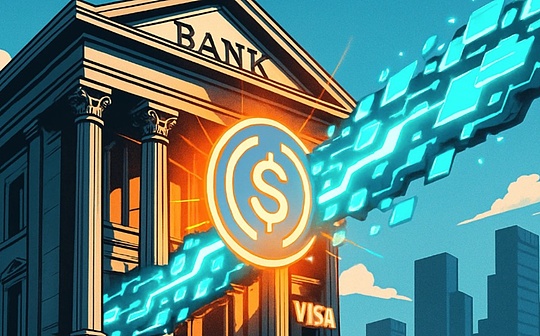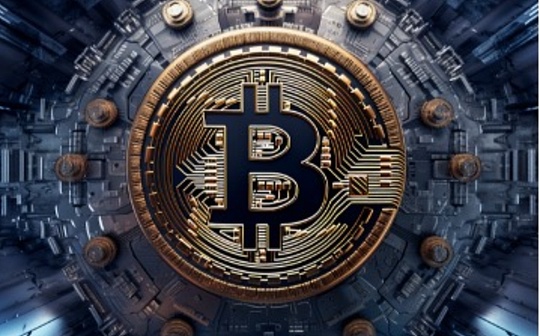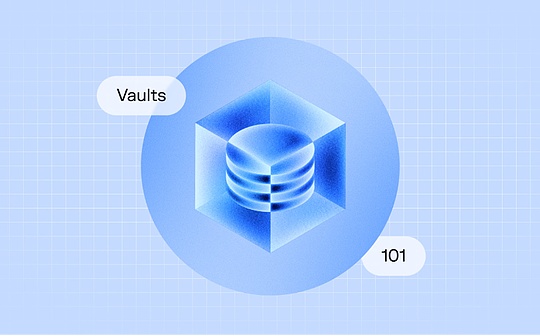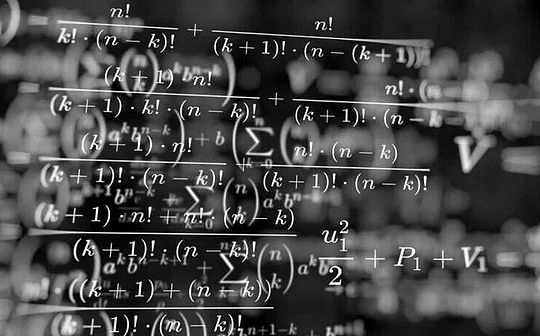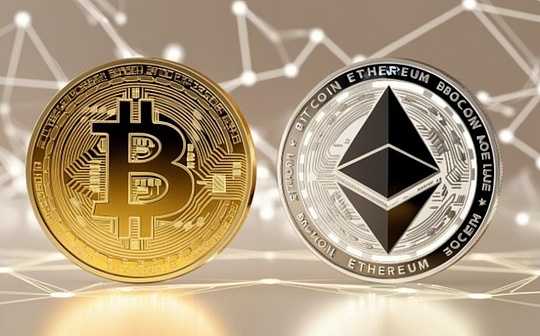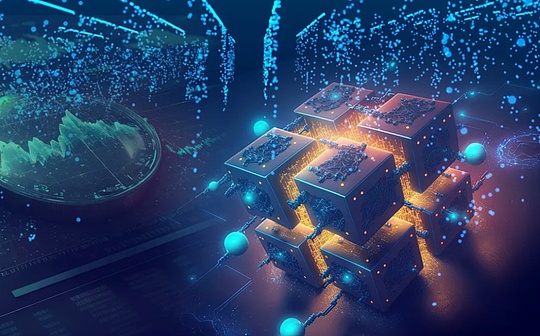
Author: Dewhales Research Source: Translation: SUBSTACK Shan Ouba, Bitchain Vision Realm
Brief introduction
Applayer actually has a considerable history of development and focuses on extended solutions.Initially, the team was committed to æVerest ++, which appeared during the Avalanche Summit’s hacking marathon in 2022.The project has a simple goal -constructing a certainty network that meets two key requirements: support high throughput and build C ++.This development has later evolved into SparqNet -a protocol that includes tools for creating subnets and decentralized applications. It has a record speed of breaking records and realized things that have been considered impossible.
Sparqnet provides great value in a series of protocol -level services. The first is to deal with a bridge of any EVM chain transaction from any EVM chain outside Sparqnet.In addition, Sparqnet does not depend on language, and its bridge connection is compatible with any chain to ensure the seamless transfer of smart contracts and assets.As early as 2022, the team tended to GameFi and Defi, and they continued to move along this trajectory.
At present, we regard the project as Applyer, a modular EVM layer for cross -chain applications.How does it work differently from other solutions?Let’s take a closer look.
2. Applayer review
First of all, it is worth noting that although Applayer is unique to EVM, it has several unique features.In particular, Applayer aims to solve the inherent EVM problem.For example, in the case of Ethereum virtual machine, you will not be able to perform the following operations:
-
Due to the Gas Limit limit, the execution of a function cycle more than 50 times;
-
Due to the limitation of EVM, the stack size is greater than 16 variables;
-
Multiple contracts are executed parallel (for example, every new block contains multiple transactions that interact with different contracts, you need to load contracts and analyze contracts, and save the changes of each contract into the database in a specific order).
As Applayer developer iTamar said:“The biggest problem is that everyone share the same computer, and that computer is Commodore 64.”
Therefore, the App Layer is a multi -layer modular blockchain, which aims to solve these restrictions.It introduces a pre -compiled blockchain system that contains status tracking, allowing third parties to deploy and initially maintain these contracts in a unified network that share its state.All of these are supported by EVM integration, status preservation and chain abstraction.
In addition, one of the biggest challenges in blockchain development is to deal with block rollback.For example, in the Bitcoin chain, if we assume that there is a final block, follow the other block, and one node receives a block that replaces the last block, then the next block and all the transactions within it will beIt will also be replaced, causing the blockchain status to roll a block.
Bitcoin and other derivative blockchains follow the “longest chain rules”.However, the rollback exposed the problem in the rule.For example, when developers must deal with DAPPs that must deal with such special circumstances, they may need to pay great efforts, depending on the size and/or complexity of the application.
The method of solving this problem is to completely avoid rolling conditions.This can be achieved by defining which network nodes can be created by defining, so as to eliminate the competition conditions and make everyone in the network synchronize with the same final block.
The App Layer realizes this concept as a random determination of sexual rights proof (RDPOS), which combines the block overload system and the random number generator system to allow only one verifier to create a block at any given time to avoid rolling back to rollback.Consensus is reached in the ultra -fast network.
3. Applayer component and network participants
From the basic level, the Applayer network consists of three parts:
-
A blockchain development toolkit (hereinafter referred to as BDK), which has a wealth of developer documents, allows them to easily create their own Applayers.
-
Evm networks constructed with blockchain development tool packs allow developers to deploy EVM smart contracts and use C ++ prefabricated and state tracking to expand it.
-
The network that realizes the data and asset aggregation between these application chains and the external chain is called the chain abstract network (CAN).
Therefore, the blockchain created using BDK can interact with each other through the Applayer.
In order to make the system running normally, there are several participants and auxiliary components in Applayer:
-
Verification—— A computer, usually hosting in the data center, is usually called the server, and its only purpose is to operate and protect the blockchain network.Verivers need to pledge at least 200,000 $ appl tokens, and be responsible for creating blocks, generating “random” seeds for selecting the next block founder, and collecting and signing bridge and block data.According to the document, the team is exploring the possibility of implementing the reduction mechanism.
-
SentinelsSimilar to Validators, the difference is that they cannot create blocks or operate independently.Both the random Validators and Sentinels must submit the same data to the request party; otherwise, they will be reported to the network as a malicious node.Applay Labs and their partners custody to ensure that this situation will not happen.Sentinels can be trusted by a trusted third -party custody and accepts strict KYC processes.In the end, with the development of the Internet and core technologies, Sentinels will gradually be eliminated, and it is replaced by a system that does not require permission.Sentinels also needs to pledge $ 200,000 Appl.
-
Application chain— The core part, also known as Applayer ™, is composed of blockchain built and deployed on the blockchain layer on the Applayer’s chain layer of the blockchain development tool package (BDK).Applyer’s BDK currently supports the use of C ++ and Solidity for development, and plans to add other languages, such as Rust, C#, Golang, etc.These application chains are compiled into binary files for efficient execution with the Solidity bytecode.
-
Bridge– Allow the blockchain supported by Applayer to use the chain abstraction network (Can) as an intermediary to perform local communication components, where Applayer acts as a bridge between the DAPP chain that is trying to communicate.The bridge is also maintained by a set of verifications and sentinels.
-
RDPOS (Random determination of sexual rights and interests)—— Allows verifications and sentinels to handle block overload and random number generation.The core of RDPOS is RANDOMGEN, which is a certainty UINT256_T generator, which is almost used for consensus related things.This certainty random ensure that each node has the opportunity to respond to a given request (block, randomness, bridge, etc.), and also ensure that the selected node is truly random and will not be attacked by malicious actors.
4. The transaction life cycle in Applayer
1. The list of network validators is randomly generated and sorted with “random” seeds from the previous block.
>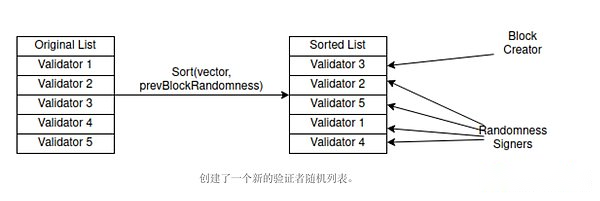
2. The first verifier in the list becomes the founder, and at least four other verificationers generate a random 32 -byte string and use it to execute two transactions: one contains the hash value containing the specified string, and anotherOne contains the string itself, both of which have been signed.
>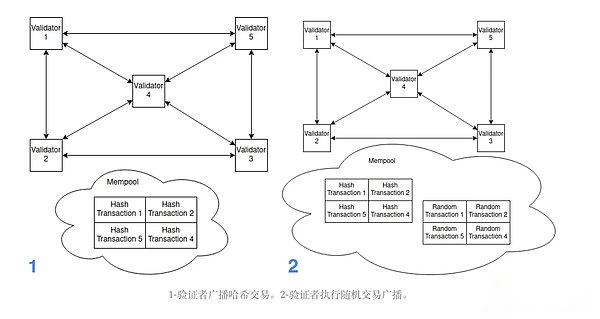
3. Verify hash to ensure that they match the corresponding random string.
4. The first verifier creates a new block through a random string of the combination and other verificationers to generate a new “random” seed, which will be used in the next block.
>
4. This block is signed and published by the first verification person, while other verifications verify that all transaction signatures (random and extensions) match the list generated by the beginning.
6. Genesis (the first block in the chain) provides effective fixed randomness because there is no random block before the creation block.In addition, at least five hard -coding verifications are needed to guide the network, because each block is required to confirm the string of the string and the hash transaction signature, and a verification device to sign it itself.
In addition, the document has a very detailed description of the internal functions and files of BDK and contracts (including conventions, EVM, and preparation).
5. What are the advantages of AppLayer for GAMEFI and Defi developers
Gamefi:
In the past, gamefi developers must manually decoding transaction data and call the corresponding functions in dynamic contracts.For example, in the game where the player reaches a certain stage, developers must manually decoding this transaction and start -to -to -to -issue issuance.This process may be time -consuming, and it is easy to make mistakes.
With the new automatic registration function, this process is automated.Dynamic function recognition and registration allow the system to automatically issue tokens immediately after the player arrives at the checkpoint.
In the past, using std :: string to store various types of data can cause confusion and complexity, especially in using multiple data type games.For example, the game may use bytes to store image data, use text string to store the player’s name, and use hexadecimal to store color code.It is not intuitive to store all these in std :: string.
With the help of new updates, developers can store these types in the appropriate types (bytes, bytesarr, and bytesarrview), thereby increasing the readability of code and reducing debugging problems.
The comprehensive improvement of the P2P protocol can completely improve the performance of multiplayer games.In fast -paced multiplayer games, each millisecond is essential.Using WebSockets for P2P communication may cause delay and reduce the gaming experience.
By switching to the original TCP socket in the new update, the communication between the peers becomes faster and more efficient.This means faster game synchronization and data transmission, which brings a better game experience, more real -time interaction and happier players.
Before reflecting the contract management, developers must manually register a dynamic contract in the contract manager, which may lead to complex workflow.Imagine that a game involves multiple smart contracts -one for player ranking, one for tokens issuance, and one for the purchase of the game.Each contract must be registered manually, which is a tedious process.
Introducing the proper contract return type can simplify the development process.Considering a market with a market, players can purchase, sell and trading the assets in the game.In the past, when the player purchased items, the contract function returned the general type, and the developer needs to handle the type conversion and explanation.This is complicated and easy to make mistakes.
DEFI:
In the previous DEFI, if the developer wants to encode a function in a dynamic contract allowed to exchange token exchange, they must manually decoding transaction data.For example, to convert a cryptocurrency into another steps that require manual registered transactions.
Using automatic registration, this process becomes simple, because the system can dynamically identify and register the function in dynamic contracts.
Staying various data types (such as transaction details, addresses or tokens) in STD :: String may lead to confusion and increase debugging time, thereby reducing the overall efficiency of DEFI operations and slowing the execution speed of smart contracts.
Major reforms of the P2P protocol can enhance the performance of DEFI applications.In the past, using WebSockets may slow down transaction speed or cause data transmission efficiency.
Before the update, it is necessary to manually register a dynamic contract for manually managing liquidity pools, pledge agreements or income farming schemes.This may be time -consuming and complicated.
Now, this update has automated the registration process, simplified the management of multiple contracts, so that developers can focus on building a more advanced DEFI protocol, rather than managing management tasks, thereby accelerating the development of DEFI applications.
As the proper contract returns the introduction of types, interaction becomes simpler.For example, if the user wants to view its loan balance, the contract function will now return the correct type without a complex type conversion.This simplifies the user experience and makes DEFI easier to be accepted by more extensive audiences.
6. Team
Applayer has experienced founders and 5 developers, 3 BD and 3 marketing team members.
Michael WeinRub, co -founder and business directorSince the birth of Bitcoin, it has been involved in the field of cryptocurrency.Michael has entrepreneurial experience from 0 to 1 and has engaged in technical solution sales in companies such as Microsoft and Citrix.
Itamar Carvalho, co -founder and chief technology officer-TAMAR has been building custom blockchains for enterprises since 2016, and has used a lot of knowledge and experience in these customized implementation.In addition, iTamar has been committed to creating a highly flexible blockchain solution that dates back to 2018 and allows the implementation of the super -customized blockchain system. We decided to merge our two frameworks into one in 2022 into one one.SDK, other builders can use the SDK to win the hacker marathon at the Avax Summit.
7. Cooperation and integration
Applyer has a variety of partnerships in different fields, including partnerships inherited from SparqNet before the renames: L2, DEFI, infrastructure solutions, AI and tools, but pay special attention to the partnership in the game field.
In the fields of L2 and infrastructure, Applay and IOTEX, Kucoin Chain, Avy Domains, COVALENT, P2P Cloud, Biometric Financial and NUVO have established partnership and integration.These integration aims to improve the performance of existing solutions and create new products or additional components through Applayer technology.They are also used to introduce additional functions into the Applayer itself.
In the fields of DEFI and NFT, Applayer and Oilswap, EZSWAP, StreamNFT and other projects have established partnership and integration.This field involves improving user experience through mutual integration.
In the field of artificial intelligence and tools, Applayer has established cooperative relationships with OpenFabric, ChainFuse, SendingNetwork, and Mises Browser.The common ambitions have pushed these cooperation and paved the way for the seamless integration between decentralized finance and artificial intelligence.
The most extensive track in the previous section is the cooperation and integration of the game field. Applayer can fully deploy its products as the essence of Appchains, providing impressive speed, scalability and multi -language support.In particular, the game project is using Applyer’s Orbitersdk to create complex smart contracts to raise the gaming experience to a new level.These items include Metastrike, Cheersland, Kingdom Karnage, Catacombcrawler, Meta2150s, COSMIC FORCE, YESPORTS, Ready Player Dao, Lulu Market, Bionic Owls, APES PLANET, B Attem for giostone, Janus Network, Hypaverse, Eternis, Mental Maze, Stratagems.World,GGNATION, BATTLEDOGS ARENA.
8. Supportr
With its experience and extensive connections, Applayer has Dewhales Capital, Cogotent Ventures, Big Brain Holdings, Magnus Capital, Curiosity Capital, Zephyrus Capi TAL, FRENSDAO, Rengen Family Office, Brian Johnson (Republic Capital), Connectico Capital and other supportersEssence
9. Conclusion
The App Layer represents major progress of blockchain technology and solves the long -term restrictions of the Ethereum virtual machine (EVM) ecosystem.By using its modular architecture and advanced functions (such as random determination of sexual rights proof (RDPOS) and enhanced blockchain development tools), the App Layer is expected to provide unparalleled scalability, efficiency and flexibility for cross -chain applications.
For developers in the fields of Gamefi and DEFI, the App Layer has brought significant improvements.Its automated function (such as dynamic contract registration and enhanced P2P communication protocol) simplifies the development process, reduces the complexity of debugging and improves application performance.These progress is expected to significantly improve the user experience and make the platform greatly attractive to both new projects and existing projects.
The strategic partnership and integration of the APP Layer and L2 solutions, DEFI, NFT, and AI major industries show their extensive practicality and collaboration methods.With the support of the powerful game project ecosystem, the attention of the game further emphasizes its potential for changing and improving the game experience in the blockchain field.




